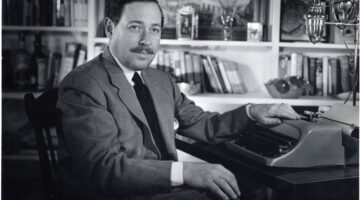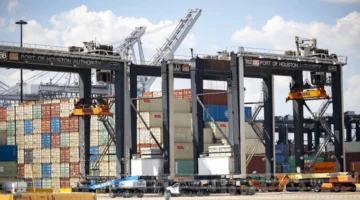South Florida Symphony Review / A Night to Remember
By GEORGE FONTANA
For the South Florida Symphony’s second Masterworks Concert of the season, Maestra Sebrina Alfonso attempted the orchestra’s most ambitious program to date. She succeeded brilliantly. The program began with a Franz Liszt “symphonic poem” — a piece with no form, no movements. Instead, there are themes. Liszt’s “Hamlet, Symphonic Poem No. 10” musically creates “poetic atmosphere” in the words of the redoubtable Ed Pitts, who is responsible for the informative program notes. The “poem” captures Hamlet’s brooding, vacillating character. The woodwinds were often front and center as they gave musical voice to Hamlet’s dark rumblings.
Liszt was, of course, a supreme piano virtuoso, a 19th century rock star, strongly influenced by the violin genius and bizarre showman Niccolo Paganini, and whose Romantic compositions are often inaccessible precisely because they were created expressly for his near superhuman talent. Not so “Hamlet, Symphonic Poem No. 10.” Perfectly performed by the South Florida Symphony under Maestra Alfonso’s steady baton, it was the ideal opener for what was to follow.
The Russians are coming! — namely Serge Prokofiev and Dimitri Shostakovich, both of whom were victims of Stalin’s repressive Soviet regime. Prokofiev enjoyed fame and success in the West after escaping the Russian Revolution in 1918. Settling in Paris, he wrote “Piano Concerto No. 3 in C Major.” It endures as one of his most popular works. And rightly so. Bombastic, exuberant, cynical, emotional, and decidedly anti-Romantic, “Concerto No. 3” leads the orchestra and the musicians on a wild roller-coaster ride.
Setting the tone — pun acknowledged, if not intended — was acclaimed pianist Christopher Taylor, praised by the New York Times as “frighteningly talented.” High praise, indeed. He lived up to his hype. The enthralled audience at Tennessee Williams Theatre was swept along as Mr. Taylor attacked, worried and caressed the keyboard.
In his pre-concert discussion of the program and the composers, Mr. Pitts described the evolution of the piano, noting that the modern piano is essentially a horizontal harp, a structure which gives the modern piano great strength. Great piano structural integrity is a pre-requisite for this piece, particularly in the case of Christopher Taylor, who is a strapping six-footer. In the intermission following the Prokofiev, the audience registered shock and awe of the most sublime sort.
And then came Shostakovich’s “Symphony No. 10 in E Minor.” Described by an unknown critic as “48 minutes of tragedy, despair, terror and violence and two minutes of triumph,” it is Shostakovich’s first major work following the death of Stalin in 1953. Denounced and manipulated by Stalin, the composer was now free to express his long pent-up suffering. “Symphony No. 10” is catharsis on a grand scale.
Stalin’s brutality is at the core of the work, accompanied by melancholia and a muted call and response representing an unrequited early romance. The South Florida Symphony, 75 members strong, acquitted themselves quite brilliantly in the performance of this masterful symphony. At times the cadence built to a feverish level, only to descend into lyrical, almost meditative quietude, the anti-climatic process to be repeated numerous times before the triumphant finale.
The bar has now been set very high. The challenge will be for Maestra Alfonso and the South Florida Symphony to maintain and exceed that standard. Bravo, all!
[livemarket market_name="KONK Life LiveMarket" limit=3 category=“” show_signup=0 show_more=0]




Nicely done, George.
world class entertainment- what a wonderful performance